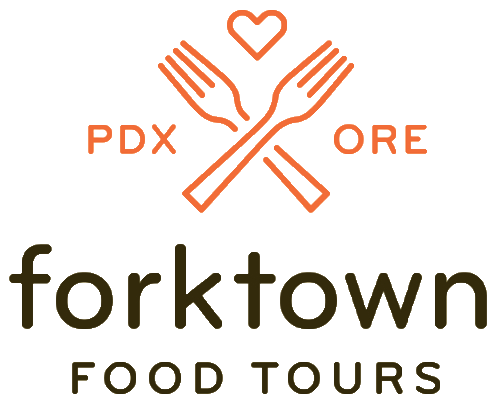What We Are Eating/Drinking/Watching/Reading This Month
TanTan Ramen - Photo Courtesy of Kayo Ramen
Eating: Ramen
Ah, winter in Portland. It’s a time to hunker down, get real cosy, and try to find a bit of sunshine or warmth somewhere (like at the bottom of pint of hazy IPA). I often turn to a bowl of soothing, steaming ramen. One of my favorites is Afuri Ramen, straight from Tokyo. I love that the reason they chose Portland for their first US outpost is because of our ‘soft water from a pure source’ (that would be the Bull Run watershed). I also love Noraneko for both food and atmosphere (they describe themselves as populist/magical-realism diner). Finally, I get still get crazy cravings for dan dan mian after several tour seasons in China, so I love the mash-up of Sichuan style noodles in ramen form at Kayo Ramen. It’s warming, spicy, and addictive enough that I once went two times in three days.
Watching: Our Blood is Wine
As I prepare for our trip to Georgia this October, I am thoroughly researching all aspects of the country, from history, to food, and of course the wine. Georgia is considered the birthplace of wine, and there’s been a recent surge in interest in traditional Georgian production methods as natural wines become more popular. This documentary is available on Amazon Prime, and I love the passion these winemakers have for their craft. And if you get inspired, there are a couple of places to sample Georgian wine in town. Kargi Gogo has about 80 different bottles of Georgian wines, several of which you can purchase by the glass, or in wine flights. Join their email newsletter for notes on wine tastings throughout the year. Also located on NE Alberta, you can find Georgian wine at the underground winery bar Les Caves.
Reading: “Six Seasons - A New Way with Vegetables” by Joshua McFadden
This cookbook by chef and Ava Gene’s owner Joshua McFadden is one of my favorite purchases from last year and it’s been seeing tons of action in the kitchen. The cookbook is divided into 6 seasons rather than the typical 4, reflecting more accurately what will be at our local farmer’s market throughout the year. The seasons are further divided into specific vegetables with several different recipes and methods of preparation. The most recent recipes I’ve tried is the Mussles with Israeli couscous, and the carrot and walnut salad, both of which are going into permanent rotation on our family’s dinner list. The recipes are really unique and I love that meat is not the main focus of the book.


